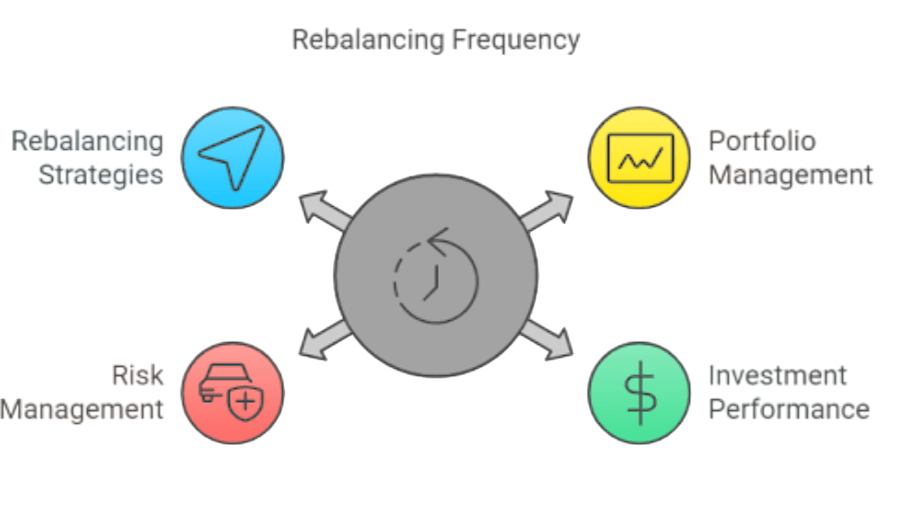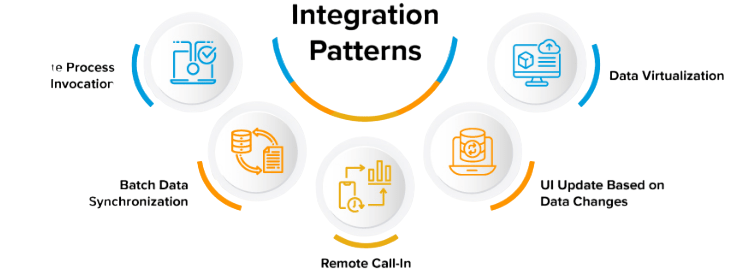
- Introduction – Understanding Data-Driven Culture
- What Does It Mean to Be a Data-Driven Culture?
- Benefits of Embracing a Data-Driven Approach
- Key Traits of Data-Driven Organizations
- Role of Leadership in Cultivating Data-Driven Culture
- Building Data Literacy Across Teams
- Tools and Technologies
- Challenges in Adopting a Data-Driven Mindset
- Real-World Examples
- Conclusion
Introduction Understanding Data‑Driven Culture
In today’s competitive business environment, simply having data is no longer enough, organizations must instill a culture that values data-informed decisions at every level. A Data-Driven Culture means embedding data into the DNA of everyday operations, strategy, and innovation. Rather than relying on intuition or anecdotes, teams base their choices on rigorous analysis, objective evidence, and real-world performance metrics. To foster this mindset and build analytical capabilities across the organization, Big Data Training empowers professionals to translate raw data into strategic insights using modern tools, platforms, and methodologies. This approach fosters accountability, transparency, and continuous learning. As businesses strive to remain agile and customer-centric, a strong data culture becomes a critical differentiator, empowering faster, smarter, and more precise decision-making.
Do You Want to Learn More About Big Data Analytics? Get Info From Our Big Data Course Training Today!
What Does It Mean to Be a Data-Driven Culture?
Being data‑driven implies more than simply collecting data even in large volumes. It requires turning that data into actionable insights that consistently guide behavior and strategy. This means establishing clear key performance indicators (KPIs), gathering accurate and contextual data, analyzing trends, and communicating the findings effectively. To build scalable analytics workflows and automate performance tracking, PySpark Programming equips professionals with the tools to process large datasets, derive actionable insights, and streamline KPI reporting across distributed environments. In data‑driven teams, decisions from marketing campaigns to product roadmaps, from customer support to supply chain, are fueled by evidence. It’s a mindset shift: queries such as “What does the data say?” or “Show me the numbers” replace “I feel…” or “Intuitively…” at every level of decision-making.
Benefits of Embracing a Data-Driven Approach
Organizations adopting data-driven approach practices tend to see measurable improvements across operations, customer satisfaction, and market agility. Benefits include enhanced decision-making, faster time-to-insight, and optimized resource allocation. To understand the performance trade-offs and architectural differences between leading frameworks, Hadoop Vs Apache Spark offers a detailed comparison that helps professionals choose the right tool for batch processing, real-time analytics, and scalable data workflows.
- Improved decision speed and accuracy: Data helps teams discern patterns and act quickly on emerging trends.
- Greater transparency: When teams reference shared dashboards and reports, clarity replaces ambiguity.
- Better resource allocation: Insights guide budget, manpower, and technology investments based on actual returns.
- Enhanced customer experiences: Data on behavior, preferences, and feedback informs more personalized services.
- Fewer failures: Testing, A/B experimentation, and iterative improvements reduce expensive missteps.
- Cultural alignment: Teams unify around numbers rather than political agendas, encouraging cross-functional cohesion.
In essence, a data-driven approach performs faster, smarter, and more flexibly.
Would You Like to Know More About Big Data? Sign Up For Our Big Data Analytics Course Training Now!
Key Traits of Data‑Driven Organizations
Certain characteristics distinguish companies with high data maturity: they prioritize data governance, invest in scalable infrastructure, and foster a culture of continuous learning. To align individual growth with organizational excellence, How to Become a Hadoop Developer offers a practical roadmap for mastering distributed computing, building resilient data pipelines, and contributing to enterprise-grade analytics solutions.
- Shared data access: Teams access dashboards and tools without bottlenecks.
- Clear metrics align to strategy: Teams define targets that support overall business goals.
- Cross-functional collaboration: Data teams, product, engineering, and marketing all use data in harmony.
- Experimentation embedded: A/B tests and pilots are encouraged to learn before scaling.
- Bias‑checking processes: Decisions are tempered by empirical checks, limiting gut-driven errors.
- Continuous learning: Teams review results and adjust based on what the data shows.
Together, these traits embed a cycle of data-driven improvement.
Role of Leadership in Cultivating Data‑Driven Culture
Cultural transformation needs strong leadership from executives. To promote a data-driven culture, leaders must first show how to use data in meetings and planning. They should provide the necessary resources like analytics tools and training to empower their teams. Setting clear KPI targets and regularly reviewing these metrics can help everyone stay focused on the company’s goals. Additionally, rewarding behaviors that foster data transparency and experimentation will promote a culture of openness. To reinforce these practices with technical expertise, Big Data Training equips teams with the skills to analyze performance data, build dashboards, and drive continuous improvement through evidence-based decision-making. Leaders should encourage curiosity and discussions based on evidence, moving away from arguments that rely only on authority. Importantly, they need to see small failures as chances for learning instead of handing out punishments.
Gain Your Master’s Certification in Big Data Analytics Training by Enrolling in Our Big Data Analytics Master Program Training Course Now!
Building Data Literacy Across Teams
Data literacy is an important skill for everyone, not just analysts. It helps people read charts, question sources, and understand metrics. To improve this skill in your organization, consider a few strategies. Start with training sessions that focus on basic statistics, chart reading, and data ethics. You could also offer office hours or “analytics clinics” where employees can meet with data experts to get their questions answered. Providing self-service tools can help non-analysts produce valuable insights on their own. To deepen understanding and scale data literacy across teams, How big Is Big Data explores the magnitude, complexity, and impact of data growth empowering organizations to build smarter, insight-driven cultures. Pairing analysts with different teams for hands-on projects can encourage collaboration and knowledge sharing. Finally, regularly publish internal case studies that highlight those who used data wisely and the lessons they learned.
Tools and Technologies
Foundational technology layers enable self-service analytics and a data culture:
- Data warehouses (Snowflake, BigQuery): to centralize data.
- ETL pipelines (dbt, Airflow): to standardize, test and deliver data.
- BI dashboards (Looker, Tableau, PowerBI): for self-serve visual reporting.
- Analytics frameworks (Amplitude, Mixpanel): for product and behavior analysis.
- Experiment platforms (Optimizely): for controlled testing and measurement.
- ML tools (scikit-learn, TensorFlow): to surface predictive insights.
- Collaboration tools (Notion, Slack, Confluence): to capture and share learnings.
The right tooling lowers execution friction for data-driven teams.
Preparing for Big Data Analytics Job? Have a Look at Our Blog on Big Data Analytics Interview Questions & Answer To Ace Your Interview!
Challenges in Adopting a Data‑Driven Mindset
Transitioning to new systems can be tough because of several common obstacles. First, data silos can break up insights and make it hard to access a clear, unified truth. Poor data quality can also undermine trust in the numbers we rely on. A lack of skilled workers can slow down both execution and governance, leaving teams struggling to keep pace. Resistance to change from long-established decision-makers can hold back innovation, while too many tools often confuse users instead of helping them. To overcome these barriers and unlock data-driven retail innovation, How Big Data is Transforming Retail Industry explores how advanced analytics, personalization engines, and real-time insights are reshaping customer experiences and operational efficiency. Additionally, teams might get stuck in overthinking the data, which stops them from taking action. Recognizing these issues early is key to reducing their impact and making the transition to new processes and technologies smoother.

Real‑World Examples
- Netflix: Tests artwork variants and provides personalized recommendations each decision backed by AB test data.
- Airbnb: Shares rankings publicly with employees to promote transparency and collaboration.
- Amazon: Relies on data for every decision, from supply chain routing to new product discoveries.
- Spotify: Augments artist pays and content direction based on streaming metrics.
- Sephora: Calls it “assisted purchasing,” using data to tailor experiences at scale.
These companies continually reiterate that every level of the organization should speak “data” fluently.

Conclusion
A Data-Driven Culture is more than tools or talent, it’s a mindset. It requires organizational alignment, executive commitment, technical infrastructure, continuous education, and principled resistance to bias. The payoff is massive: faster innovation, better product-market fit, stronger accountability, and measurable customer impact. To begin, define the “why.” What critical decision or friction do you want to improve with data? Start small, deliver visible success, and expand. To turn these early wins into scalable solutions, Big Data Training equips professionals with the tools and techniques to build data strategies, drive adoption, and unlock long-term impact across the organization. Build trust step-by-step by making decisions visible, rationale transparent, and outcomes accountable. As incentives align and literacy grows, analytics evolves from a niche skill into a cultural backbone.


